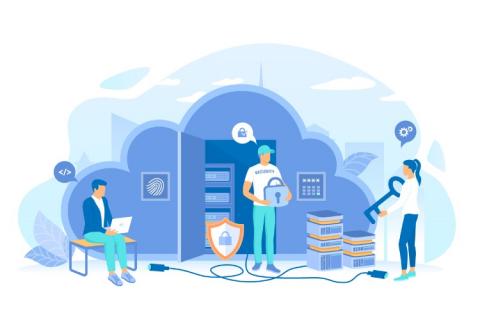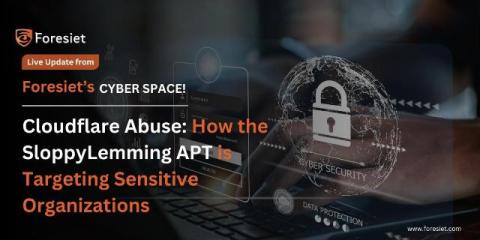Leveraging Data Analytics for Cybersecurity in Channel Management: Protecting Your Digital Assets
In today's rapidly evolving digital landscape, safeguarding your organization's cyber assets is more critical than ever, particularly within channel management. Businesses can gain invaluable insights that enhance security measures and streamline operations by leveraging data analytics. These analytics allow organizations to proactively identify and respond to threats with agility, ensuring that sensitive information remains protected.











